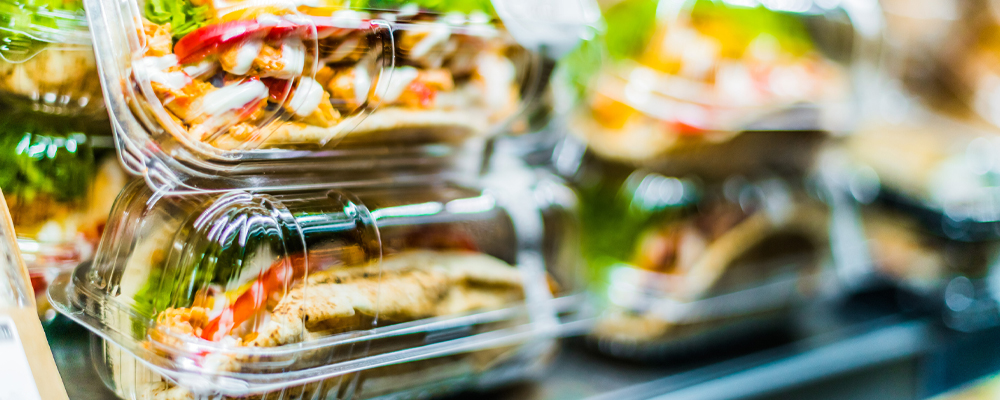
Following the tragic death of Natasha Ednan-Laperouse, the teenager who died after suffering an allergic reaction to a Pret a Manger baguette, the government has made substantial changes to law regarding allergen labels. This is a great step forward as it will stop something like this from happening again. Clearer legislation means that food sold to the public from shops like Pret will have clear Allergen information opposed to false re-assurances of a lack of any of the 14 main allergens.
Pre Natasha's Law, you didn't have to individually label freshly made, pre-packaged food. This is why Pret a Manger wasn't breaking the law by not listing all ingredients on their food product labels. Pret just had signs reminding customers with allergens to reach out to staff, a tactic that lots of similar brands used. With the new law in place this now isn't enough.
Whats changed?
Under Natasha's Law you must now list all the ingredients on individual packaging of products that are considered pre-packed for direct sale (PPDS). Products made at a customer's request do not need to carry an allergen label, but this information must be available to customers if they ask for it. If you sell PPDS food, then you must ensure that you have implemented the new regulations.
Cafes, Grab and Go & Delis
Cafés are now legally required to put ingredients labels on pre-packed food made on site. This applies for food that is produced at the same premises and on the same day as sale. Common examples would be freshly made salads or sandwiches that are put in packaging and placed on the shelves for consumers. Prior to Natasha's Law café's could take the same approach as Pret. But this is now not enough.
Restaurants
Restaurants have not been effected by Natasha's Law but you must make allergen information available. This can be via the menu or verbally if the customer requests this.

Takeaways
Takeaways are treated in the same way as restaurants. They sell non-prepacked foods which means they can give allergen information either in writing or verbally. The main difference between takeaway and restaurants is that the meals are classed as 'distance selling'. There is still lots of risk here therefore its crucial that detailed allergen information is available at the time of purchase and at delivery. Takeaway shops must also keep physical written documents at their premises. The best practise is to ensure each dish on your menu has clear allergen notes next to it and that food packaging has clear allergen labels on it. The clearer the better, as the consumers will have clarity on what is in the food they are ordering.
Other food related businesses
If you are a caterer that produces single items that are then presented to the customer before the point of ordering then you will be effected by Natasha's Law. For event caterers this will involve the use of ingredients labels on those effected products. All kitchens should also take great care to avoid cross contamination and ensuring a robust system is used to ensure food is always labelled correctly and the correct labels are used on the correct products.
More information can be found on the GOV.UK website here: https://www.gov.uk/environment/producing-distributing-food-food-labelling
